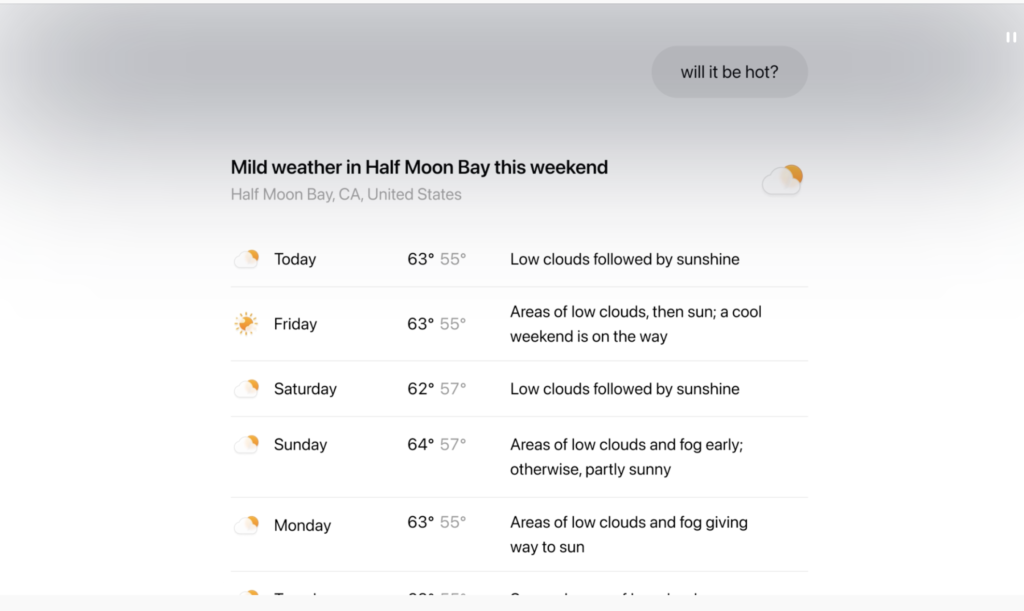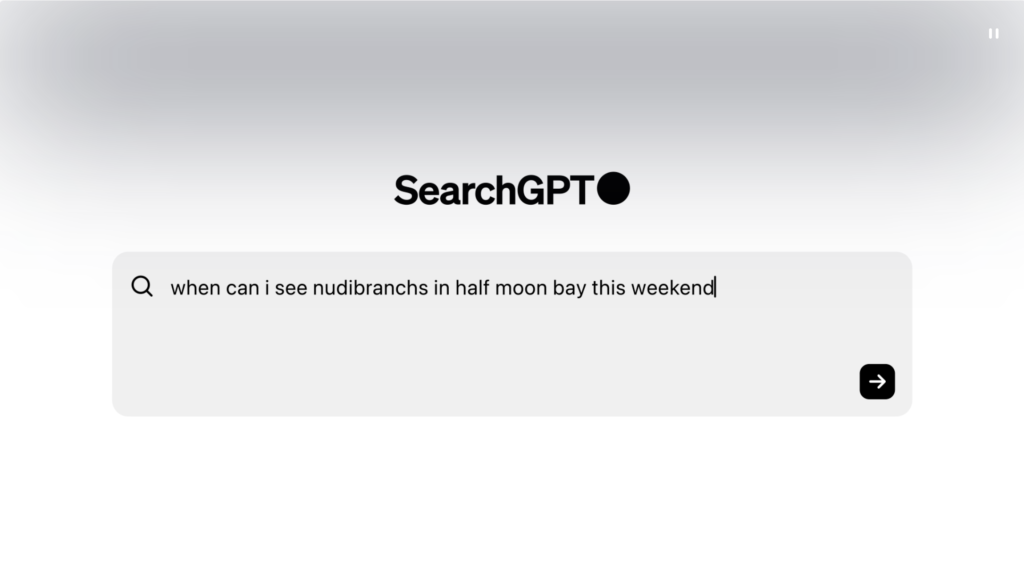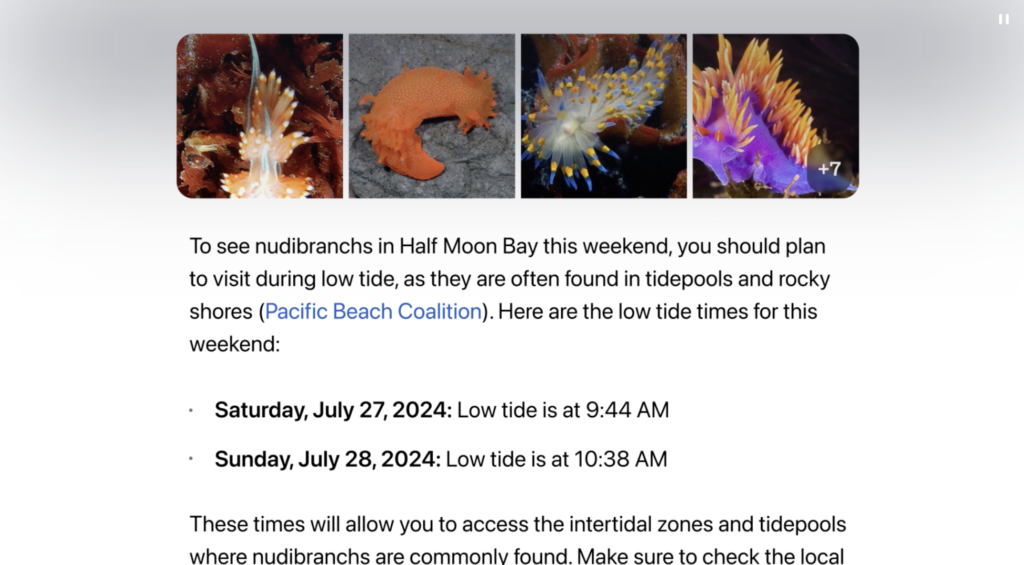What is Search GPT – How it Works, Benefits, Use Cases
In the ever-evolving landscape of artificial intelligence, Search GPT stands out as a groundbreaking innovation. Building on the robust capabilities of generative pre-trained transformers, Search GPT offers a unique approach to information retrieval and data synthesis.
Unlike traditional search engines, which primarily index and list information, Search GPT comprehends context and provides detailed, nuanced responses, transforming how we access and utilize information.
This guide delves into the multifaceted benefits and applications of Search GPT, highlighting its potential to revolutionize various domains. From academic research and customer support to content creation and market analysis, Search GPT is designed to enhance efficiency and accuracy.
What is Search GPT?
Search GPT is an advanced artificial intelligence model developed by OpenAI designed specifically for search and retrieval tasks. Unlike traditional search engines that rely heavily on indexing and ranking algorithms, Search GPT leverages the power of generative pre-trained transformers to understand and respond to queries in a highly contextual manner. This means that Search GPT can comprehend the nuances and context of a user’s question, providing more accurate and relevant results.
At its core, Search GPT aims to revolutionize how information is retrieved by focusing on natural language understanding and generation. This model is built upon the same architecture as other GPT models but is fine-tuned to handle search-related tasks more efficiently. It can sift through vast amounts of data, including unstructured text, to deliver precise answers and insights.
SearchGPT Example
If you ask SearchGPT “will it be hot?”

This is what the response would look like.

Similarly, you can ask more questions like below:

Here is response:

Amazing! Right?
One of the key benefits of Search GPT is its ability to engage in a conversational manner, allowing users to refine their queries and dig deeper into topics without having to rephrase their questions repeatedly.
This interaction mimics human-like conversations, making the search experience more intuitive and user-friendly. Additionally, Search GPT can handle complex queries that require understanding context beyond simple keyword matching, providing a significant edge over traditional search engines.
Also Read: Best SEO Agency for SaaS in 2024: Finding the Right Experts
How Does Search GPT Work?
Search GPT operates by leveraging deep learning techniques to process and understand user queries. Unlike traditional search engines that primarily use keyword-based indexing, Search GPT uses natural language processing (NLP) to interpret the intent behind a query. This allows it to provide more contextually relevant responses.
The model is trained on vast datasets, which include diverse text sources from across the web. During training, Search GPT learns patterns in language, context, and information retrieval, enabling it to generate responses that are not only accurate but also contextually appropriate. When a user inputs a query, Search GPT processes the query through multiple layers of transformers to understand its context and generate a response.
Search GPT can also engage in multi-turn conversations, meaning it can remember the context of previous queries in a session. This allows for a more interactive and dynamic search experience where users can build upon their previous questions to refine their search results.
Moreover, its ability to generate natural language responses makes it easier for users to understand the information retrieved, as opposed to the traditional list of links provided by search engines.
By integrating NLP and machine learning, Search GPT can handle ambiguous queries, understand synonyms, and even detect nuances in language that traditional search engines might miss. This sophisticated approach to search makes it a powerful tool for retrieving information with high accuracy and relevance.
Search GPT vs Google
1. Understanding Context:
Search GPT excels in understanding the context of a query. While Google uses sophisticated algorithms to rank pages based on relevance, Search GPT uses deep learning models to interpret the intent behind a query. This means that Search GPT can provide more nuanced and contextually appropriate responses, especially for complex or ambiguous questions.
For instance, if a user asks about “how to improve mental health during winter,” Search GPT can provide detailed advice and relevant information, considering the broader context of mental health and seasonal changes, rather than just listing articles with matching keywords.
2. Conversational Interactions:
One of the standout features of Search GPT is its ability to engage in conversational interactions. Unlike Google, which primarily provides a list of links, Search GPT can remember the context of previous queries and build upon them.
This allows for a more interactive search experience where users can ask follow-up questions without starting from scratch. For example, after getting initial information on a topic, a user can ask for further details or clarifications, and Search GPT will provide coherent responses based on the ongoing conversation.
3. Handling Complex Queries:
Search GPT is particularly adept at handling complex queries that require deep understanding and context. While Google is efficient at retrieving documents that match specific keywords, it can struggle with questions that involve multiple layers of context or require an understanding of subtle nuances.
Search GPT, on the other hand, uses its advanced NLP capabilities to break down complex queries and provide comprehensive answers. This makes it a valuable tool for research and in-depth information retrieval.
4. Personalized Responses:
Search GPT has the potential to deliver more personalized responses based on user interactions. By learning from user behavior and preferences, Search GPT can tailor its responses to better suit individual needs. In contrast, Google’s results are more generalized, based on overall relevance and popularity.
The personalization aspect of Search GPT can significantly enhance the user experience by providing more relevant and specific information.
5. Integrated Information:
Search GPT integrates information from various sources to provide a comprehensive response in a single interaction. Rather than presenting a list of links, it synthesizes data to answer the user’s question directly.
This approach is particularly useful for users who need quick, concise answers without having to sift through multiple web pages. Google’s strength lies in its vast index of searchable web pages, but Search GPT’s ability to compile and present information succinctly offers a distinct advantage.
Search GPT vs ChatGPT
Search GPT
Search GPT is an AI model designed to enhance search functionalities. It goes beyond traditional keyword searches by understanding context and intent, providing more relevant and accurate results.
It’s more like a search engine such as Google AI search engine or Bing AI search engine. This model can process complex queries and generate comprehensive responses, making it a powerful tool for information retrieval. It aims to improve user experience by delivering precise and context-aware answers.
Chat GPT
Chat GPT is tailored for conversational contexts. It excels in generating human-like responses in real-time, making it ideal for customer support, virtual assistants, and interactive chatbots. Chat GPT focuses on maintaining natural conversations, understanding nuances in human speech, and providing appropriate replies.
It enhances user engagement by mimicking human interaction, thereby improving the overall quality of conversational AI applications.
Search GPT vs AI Overviews
In the world of AI-powered search tools, Search GPT and AI Overviews offer different benefits for users. Search GPT is designed to make searching easier by understanding and processing natural language questions. This means you can type in your query just as you would ask it in a conversation, and Search GPT will provide detailed, context-aware answers. It allows for follow-up questions, making the search process feel more like a dialogue and helping users get deeper insights without needing to rephrase their queries.
On the other hand, AI Overviews, often used by platforms like Google AI search engine, focus on giving quick summaries from multiple sources. When you ask a question, AI Overviews generate brief, informative answers that give you a snapshot of the topic. This is especially useful for straightforward questions where you need quick facts.
AI Overviews balance quick answers with detailed search results, so users can get immediate information while still having the option to explore further. This method helps provide efficient answers without taking traffic away from content creators, as the detailed results are still accessible below the summary. This balance ensures users get the best of both quick answers and comprehensive search results.
Search GPT vs Perplexity AI Search Engine
Search GPT and Perplexity AI search engine are both innovative AI search tools, but they serve users differently. Search GPT focuses on understanding and processing natural language queries to provide detailed, context-aware answers.
It’s designed to handle complex questions and provide comprehensive responses, making it ideal for users who need in-depth information and want to have a conversational experience with their search engine.
Perplexity AI, however, aims to offer a unique take on search by focusing on generating precise and concise answers quickly.
It excels in providing straightforward responses that are easy to understand and digest. While Search GPT might be better for more complex and detailed searches, Perplexity AI is excellent for users looking for quick, clear answers without too much detail.
By comparing these tools, it’s evident that each has its strengths: Search GPT for detailed, context-rich searches and Perplexity AI for quick, easy-to-understand responses. Users can choose based on their specific needs and preferences, making the most of each tool’s unique capabilities.
Use Cases of Search GPT
1. Academic Research:
Search GPT can be an invaluable tool for students and researchers by providing detailed, contextually relevant information from various sources.
Unlike traditional search engines that list links, Search GPT synthesizes information, making it easier to gather comprehensive data on a particular topic. It can help in finding research papers, summarizing findings, and even generating hypotheses based on existing literature.
2. Customer Support:
Businesses can integrate Search GPT into their customer support systems to provide accurate and immediate responses to customer inquiries.
By understanding the context of the customer’s query, Search GPT can deliver detailed solutions, troubleshooting steps, or product information, thereby enhancing customer satisfaction and reducing the workload on human support agents.
3. Content Creation:
Content creators, such as bloggers, journalists, and marketers, can use Search GPT to generate ideas, find relevant information, and even create drafts for articles, blogs, or social media posts.
By leveraging its ability to understand and generate natural language, Search GPT can help in creating high-quality content more efficiently.
4. Personalized Learning:
Educators and learners can use Search GPT as a personalized tutor that adapts to individual learning styles and needs. It can provide explanations, answer questions, and offer additional resources on various subjects.
This makes learning more interactive and tailored, helping students grasp complex concepts more effectively.
5. Market Research:
Businesses can use Search GPT to gather market intelligence and analyze trends. By querying the AI about market developments, consumer preferences, or competitive analysis, companies can obtain synthesized insights that inform strategic decisions. This can help in understanding the market landscape better and planning effective marketing strategies.
Can it Compete with Google?
Search GPT has the potential to compete with Google by offering a unique approach to information retrieval. While Google is a well-established search engine with extensive resources and data, Search GPT’s advanced NLP capabilities provide a different kind of user experience.
Search GPT’s strength lies in its ability to understand context, engage in conversations, and provide personalized responses, which could attract users looking for more interactive and precise search solutions.
However, Google’s vast index of web pages, its advanced algorithms, and its continuous innovations make it a formidable competitor. Google’s ability to deliver quick, accurate results across a wide range of topics and its integration with various services (like Maps, YouTube, and Gmail) provide a comprehensive user experience that is hard to match.
To truly compete with Google, Search GPT would need to continuously evolve, expanding its data sources and improving its capabilities. It would also need to gain user trust and demonstrate reliability over time. If Search GPT can leverage its unique features and provide a compelling user experience, it could carve out a niche in the search market and potentially compete with traditional search engines like Google.
When Will It Be Accessible?
The accessibility of Search GPT depends on its development and deployment timeline by OpenAI. As with any advanced AI model, thorough testing and refinement are necessary to ensure its reliability and accuracy.
While there is significant interest in making such advanced tools available to the public, OpenAI typically follows a careful rollout process to address potential issues and optimize performance.
Currently, OpenAI has not provided a specific release date for Search GPT. However, given the rapid advancements in AI technology and the increasing demand for sophisticated search tools, it is likely that Search GPT will be made accessible in the near future. Interested users should keep an eye on announcements from OpenAI for updates on its availability.
In the meantime, OpenAI may offer beta testing or early access programs to gather user feedback and make necessary improvements. These programs allow users to experience the capabilities of Search GPT and provide valuable insights to the developers.
Once the model is deemed ready for broader use, OpenAI will likely roll out Search GPT to a wider audience, potentially integrating it with existing services or offering it as a standalone tool.
Final Thoughts
Search GPT represents a significant advancement in AI-driven search technology. Its ability to understand context, engage in conversational interactions, and provide accurate and personalized responses sets it apart from traditional search engines.
While it faces competition from established players like Google, its unique features offer a fresh approach to information retrieval. As AI technology continues to evolve, tools like Search GPT will play a crucial role in transforming how we search for and interact with information.
The future of search is undoubtedly exciting, with AI leading the way toward more intuitive and efficient solutions.

